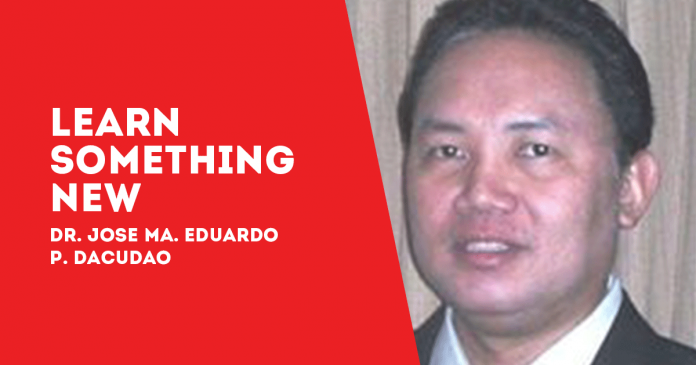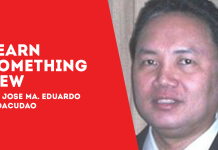
BY DR. JOSE MA. EDUARDO P. DACUDAO
BEFORE then, Martin Delgado had been appointed by Governor General de los Rios as a captain in the Santa Barbara volunteer militia, which was organized by the previous Spanish Governor General (Basilio Agustin) in order to contain the Visayan military gains.
The patriotic Delgado, however, secretly worked for the Visayan instead of the Spanish cause, organizing for an armed rebellion against the Spanish.
Several Visayan Generals conferred (among them Raymundo Melliza, Pablo Araneta, Adriano Hernandez, Pascual Magbanua, and Angel Corteza), and chose Delgado as “General en Jefe de los Tropas del Ejercito Libertador de Visayas y Governador Politico-Militar”.
Notice that General Delgado’s title clearly indicated that he was head of troops in the Visayas. Nothing was mentioned of Aguinaldo or any subservience to the Tagalogs who were then waging their own revolution against Spain, a war that the Tagalogs never won.
In accordance with the pact of Biac-na-bató of Dec. 14, 1897 between then Governor General Primo de Rivera and Aguinaldo, Aguinaldo and his staff went into voluntary exile in Hong Kong in exchange for amnesty and money, while the Spanish authorities promised reforms within three years.
On Nov. 17, 1898, before 3,000 joyful residents of Santa Barbara, Iloilo, the Visayan leaders and generals proclaimed independence. However, by itself, it would not have amounted to much. After all, any interested group of Visayan patriots could today go to Santa Barbara plaza and proclaim independence from Manila, and even if they had an audience of 3,000, it would be more of a symbolic rather than a politically concrete act.
(Let us point out that Aguinaldo and the Tagalog revolutionaries did what was fundamentally the same action in Malolos later on. General Emilio Aguinaldo was proclaimed President of the first Philippine Republic during the ratification of the Malolos Republic Constitution and its inauguration in Malolos, Bulacan on Jan. 23, 1899. No doubt it was a symbolic act of great significance to the Tagalogs fighting against Spain. However, no country in the world recognized this proclamation. In addition, the Tagalog revolutionaries were not able to force the capitulation of the Spanish authorities.)
After a series of battles (wherein General Roque Lopez and Colonel Quintin Salas figured prominently), by Dec. 15, 1898 a Visayan military regiment (under the field command of Lt. Agustin Solis) had cleared Jaro of Spanish forces. General Delgado then transferred his headquarters to Jaro, Iloilo.
On Dec. 23, 1898 Diego de los Rios, the last Spanish Governor General of the Philippine Islands, formally surrendered to the Federal Republic of the Visayas (supposed to represent the Visayas-Mindanao area), symbolically relinquishing his sword to the Visayan forces.
On Dec. 25, the Visayans held a triumphal march to Plaza Libertad and proclaimed independence. (To be continued)/PN


